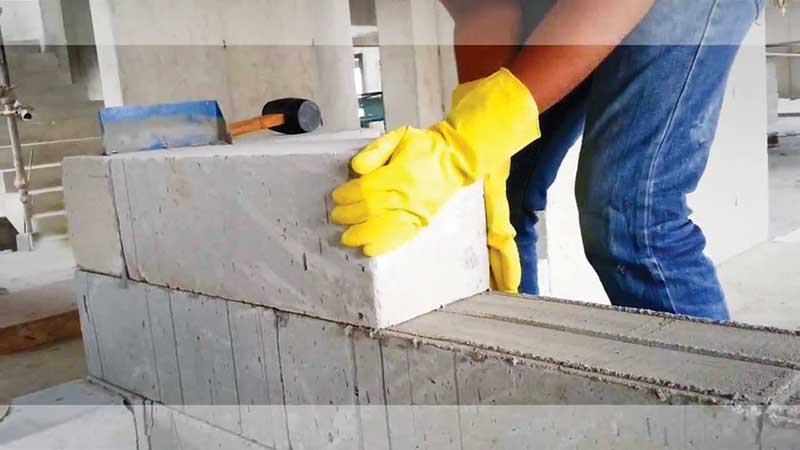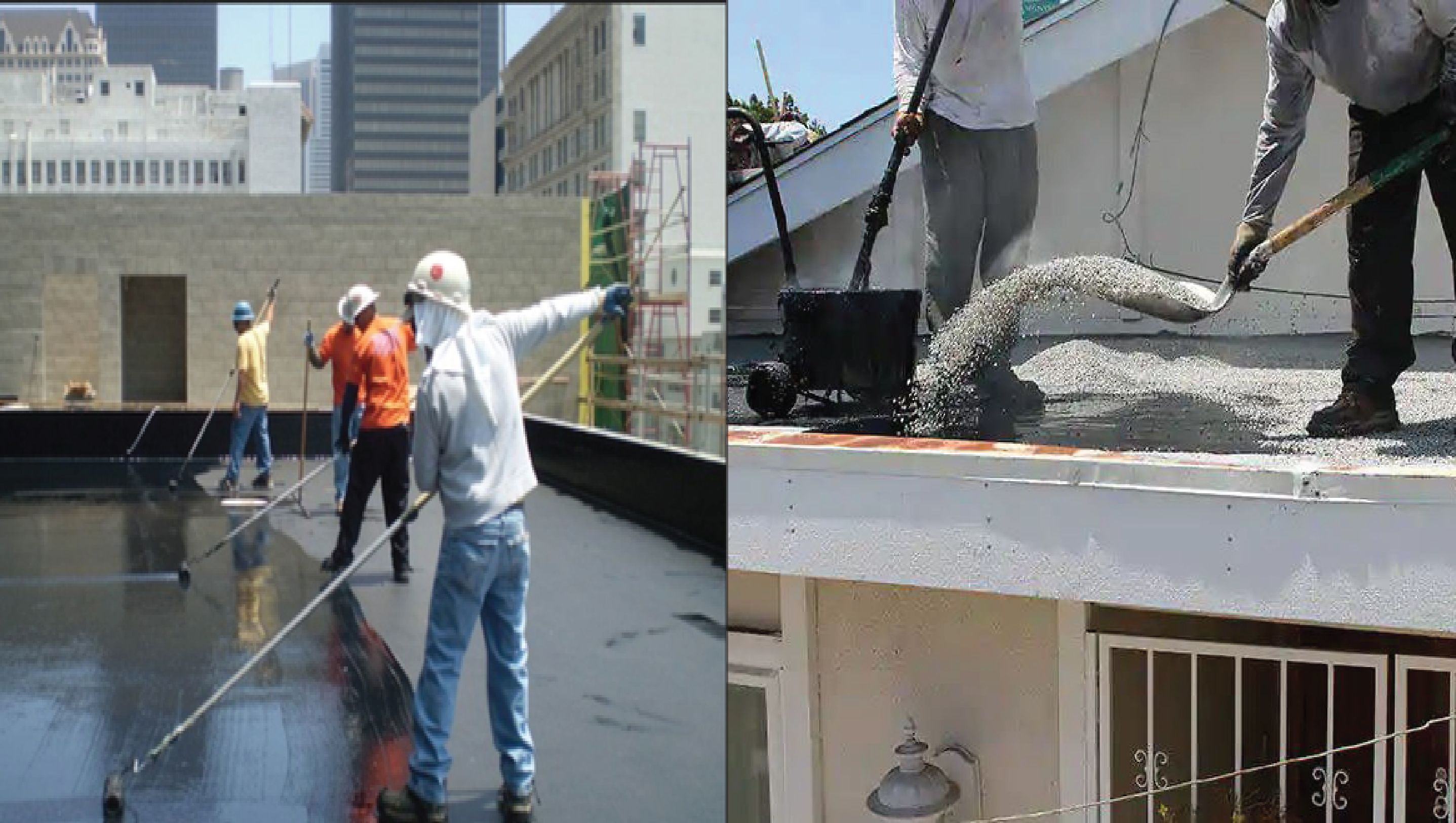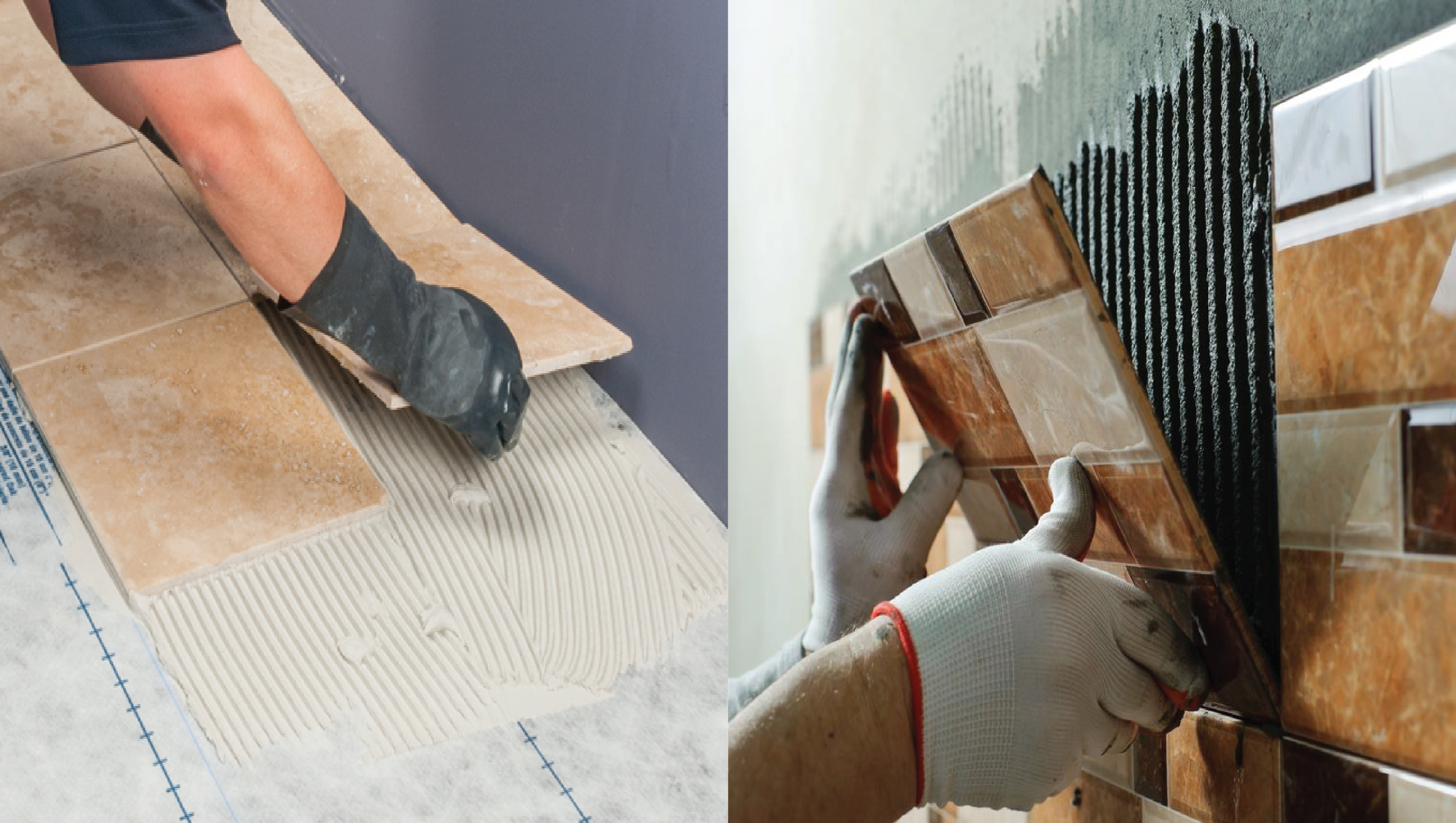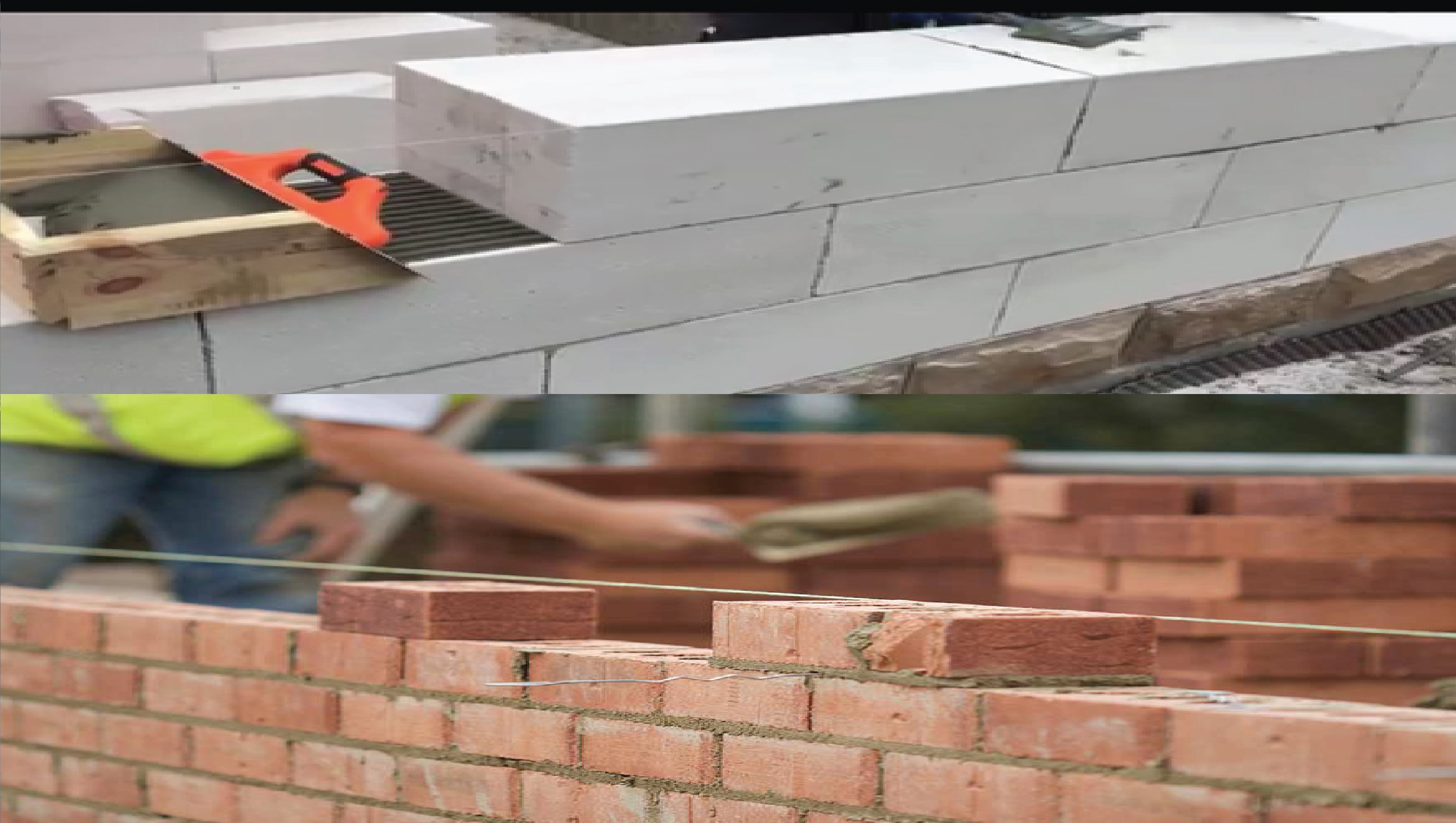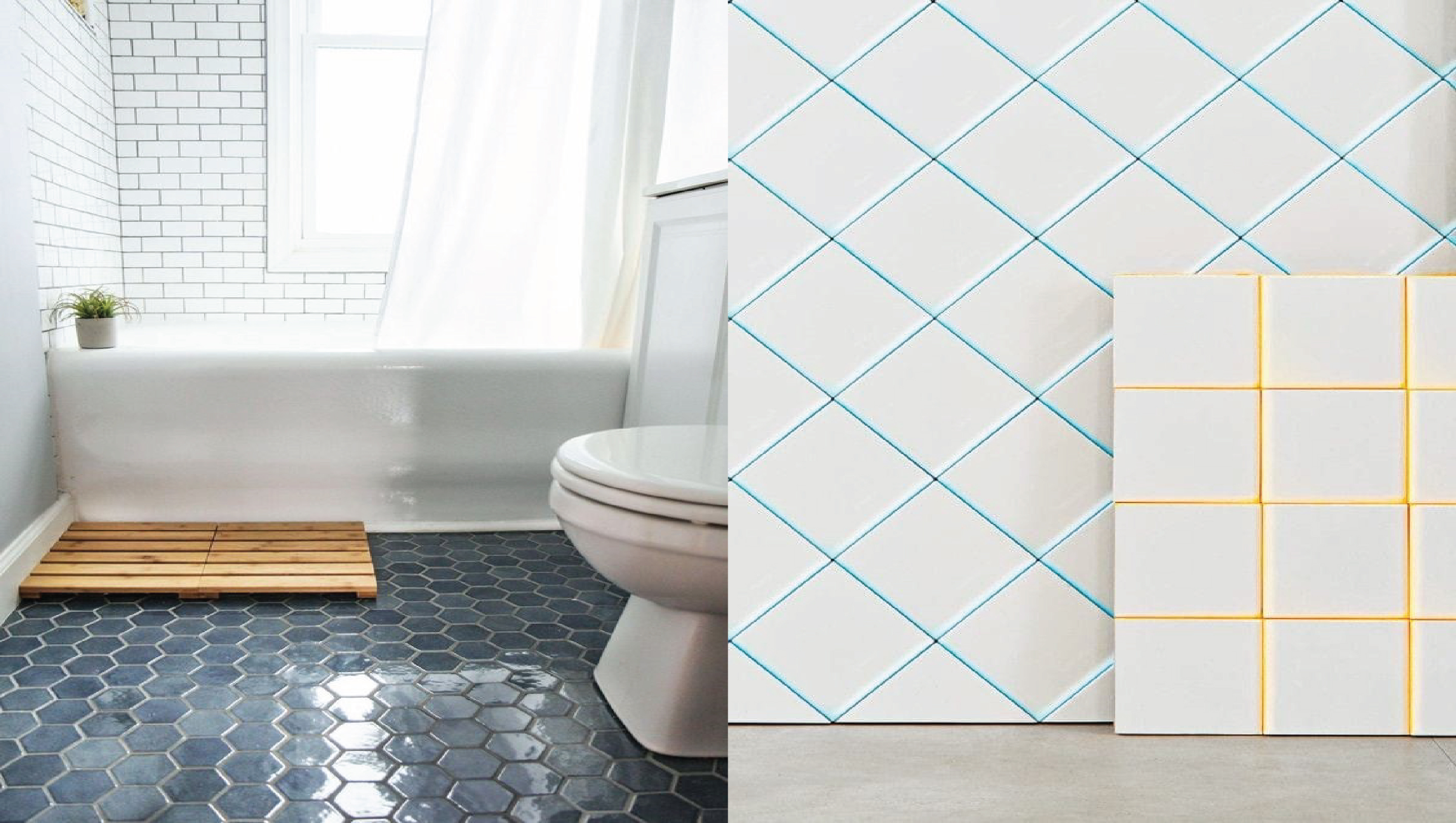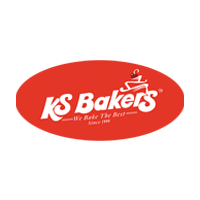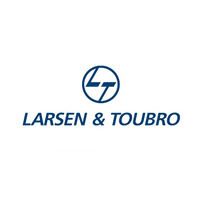
Epoxy Grouting System
Epoxy grout has become more widely used by tiling contractors especially in tile showers and flooring because of its huge benefits over other grouts.
Epoxy grouts are made from two different resins mixed with a filler, making it waterproof and better suited to harsher cleaning products. Epoxy thin-set offer greater bond strength and chemical resistance than cementitious grouts. It is precision grout, used to fill up the spaces between the tiles, cracks.
Key features of precision grouts
- Standard or fast setting
- Have negligible shrinkage or are shrinkage compensated
- Semi-flexible
- Capable of withstanding high dynamic loads
- Suitable for use in a range of temperatures and conditions — including in some cases, in temperatures as low as 0°C
- Versatile and can be used for a range of purposes
Selection of grouting material
Grouting materials are selected based on the type of load, intended usage, accessibility, thickness, and area of the grout.
It is an ideal material recommended for, Shopping malls & Showrooms, Hotels, Kitchens & Bathrooms Swimming pools, Residential and commercial buildings, etc.
Advantages of Epoxy
In many applications, Epoxy grouts provide unique performance benefits. They rapidly achieve strength, enabling a rapid return to service. Greater bond to the base plate, lower density, and elasticity modulus to absorb impact and vibration. Low shrinkage and high tensile and flexural strengths optimize the load transfer to ensure that equipment is stable, safe and protected against excessive wear. Even in hard industrial environments, the properties of chemical resistance ensure their durability.
Procedure
Step 1 Preparing the Area
Before starting to grout, remove debris in grout joints and dust can be removed by compressed air jets. Remove dirt and dust from the tile surface by cleaning with a sponge. Do not clean the tiles with acids. The prerequisites for good adhesion of the grouts are cleanliness and roughness of the surface. Unless these are ensured by proper surface preparation, a successful performance cannot be guaranteed.
Step 2 Mixing the Grout
Grout is prepared by mixing the epoxy resin, hardener and filler powder, the batching will vary between the brands.
Empty the entire contents of base and hardener into a clean vessel and mix thoroughly till both the liquids are completely blended. To this add the colored filler material and mix till a lump-free uniform paste is obtained. Mix the filler to the extent to make a stiff paste to work into the joints.
Step 3 Installing the Grout
Immediately pour the entire contents onto the working area. Use a plastic sheet as a drop cloth. Use standard epoxy grouting techniques to work the tile grout in the tile joints. Ensure that the entire joint is packed full of the material. Remove the excess material from the joints before the material starts setting.
Step 4 Finishing up
Wipe the stains on the tiles with a suitable epoxy thinner when the grout is partially set.
Maintenance
VBond Epoxy tile grout requires routine cleaning with a neutral pH soap and water, it is easy to maintain.
Cleaning
Immediately after application of VBond Epoxy Tile Grout, clean the tools, equipment and the mixing container using VBond Thinner or otherwise, removal of dried/hardened material is difficult to clean.
Coverage
It depends on the tile size and width of the joint between tiles. Material requirement calculation: in kg/sq.m
 * TileThickness * JointWidth * 2.1}{(TileLength+JointWidth)*(TileBreadth+JointWidth)}\ = kg/sq.m)
Packaging
VBond Epoxy Tile Grout – 1, 5 kg.
Storage & shelf life
VBond Epoxy Tile Grout Base, Hardener and Filler as supplied shall be stored in a cool and dry place away from sunlight, moisture, and high humidity and have a shelf life of 12 months in the original packing.
Additional Information
“Valuepack India Private Limited “ also supplies other construction chemicals, concrete repair and rehabilitation products including protective coatings, epoxy, waterproofing materials, concrete admixtures, and adhesives.





